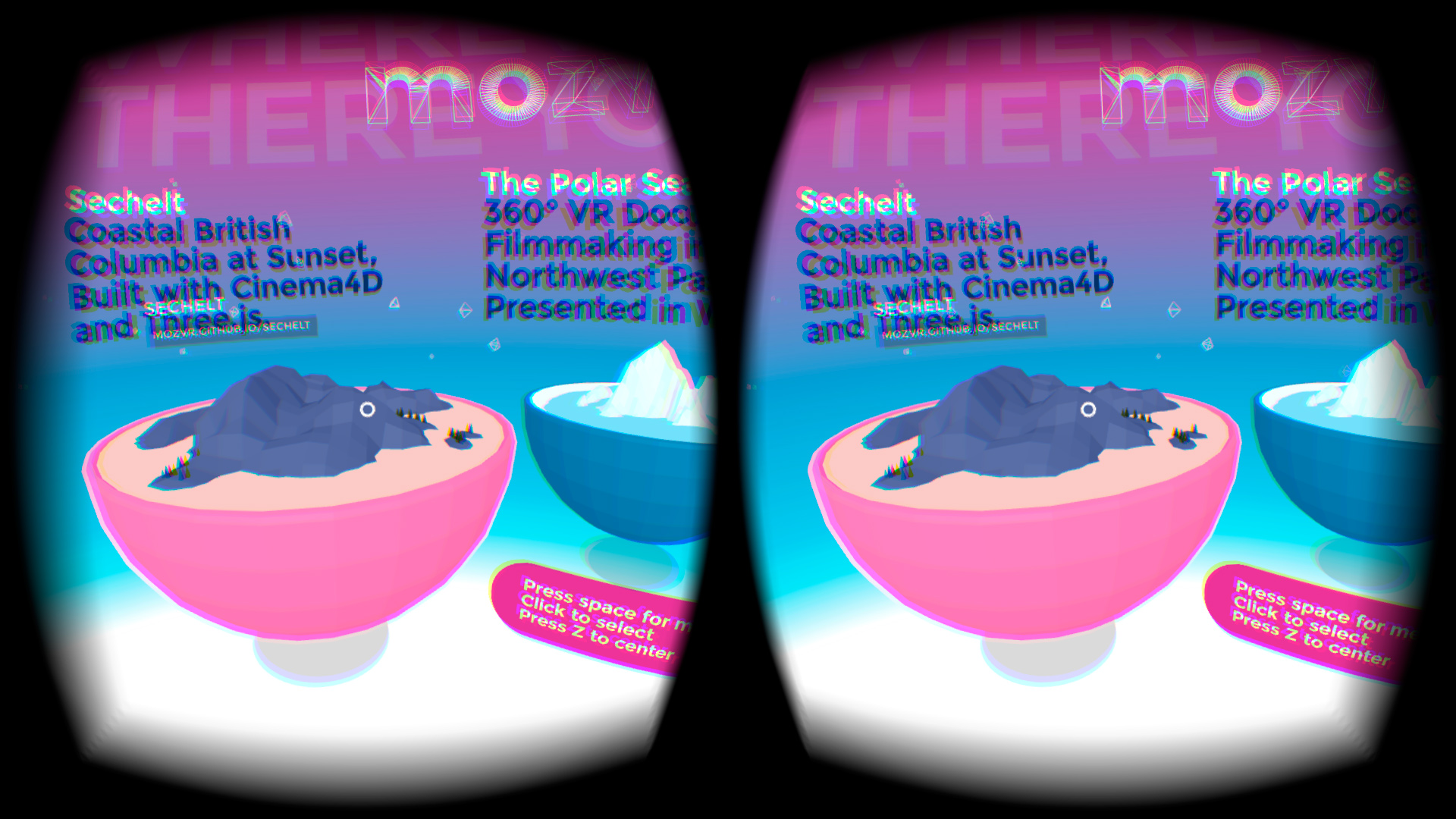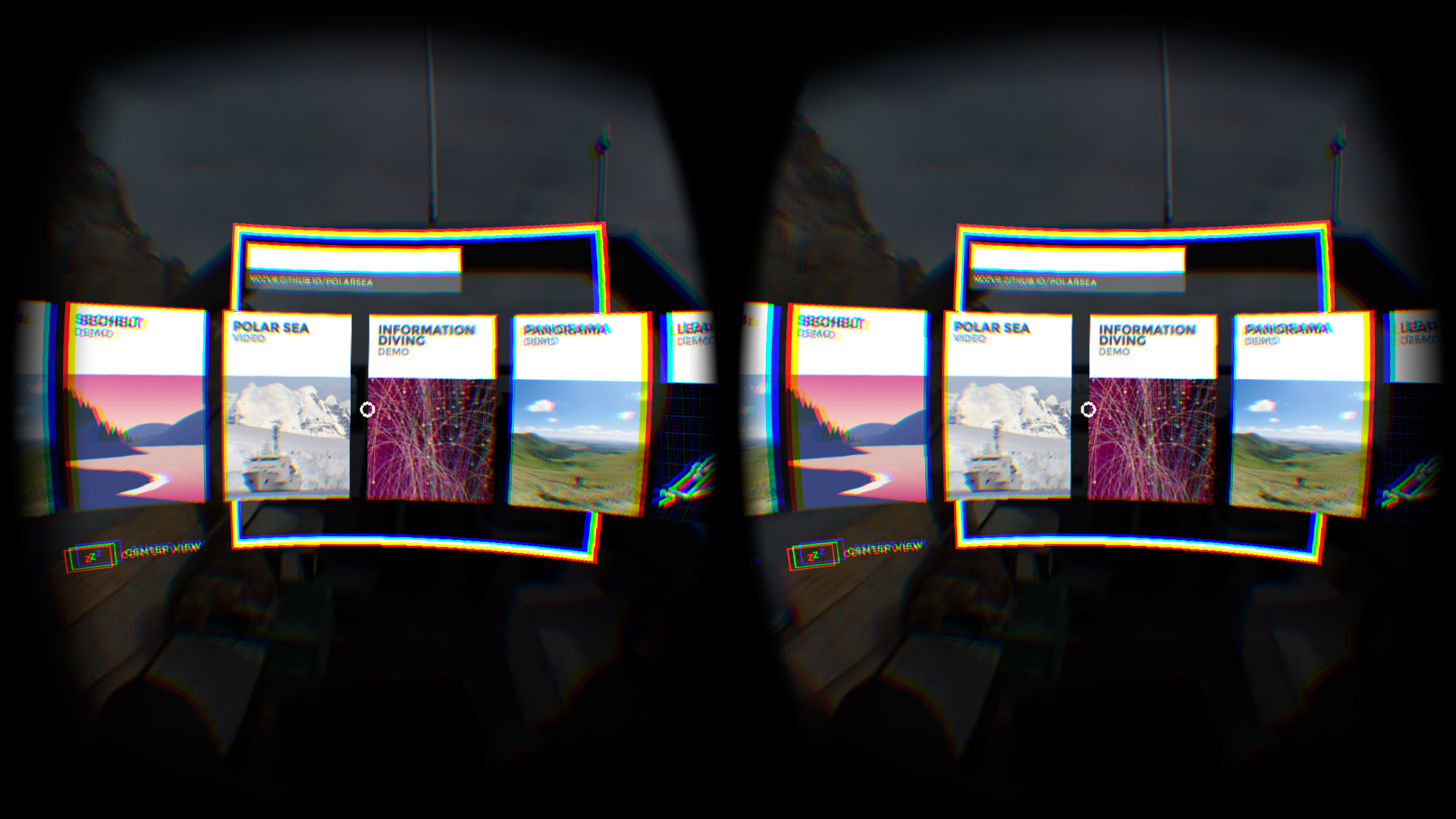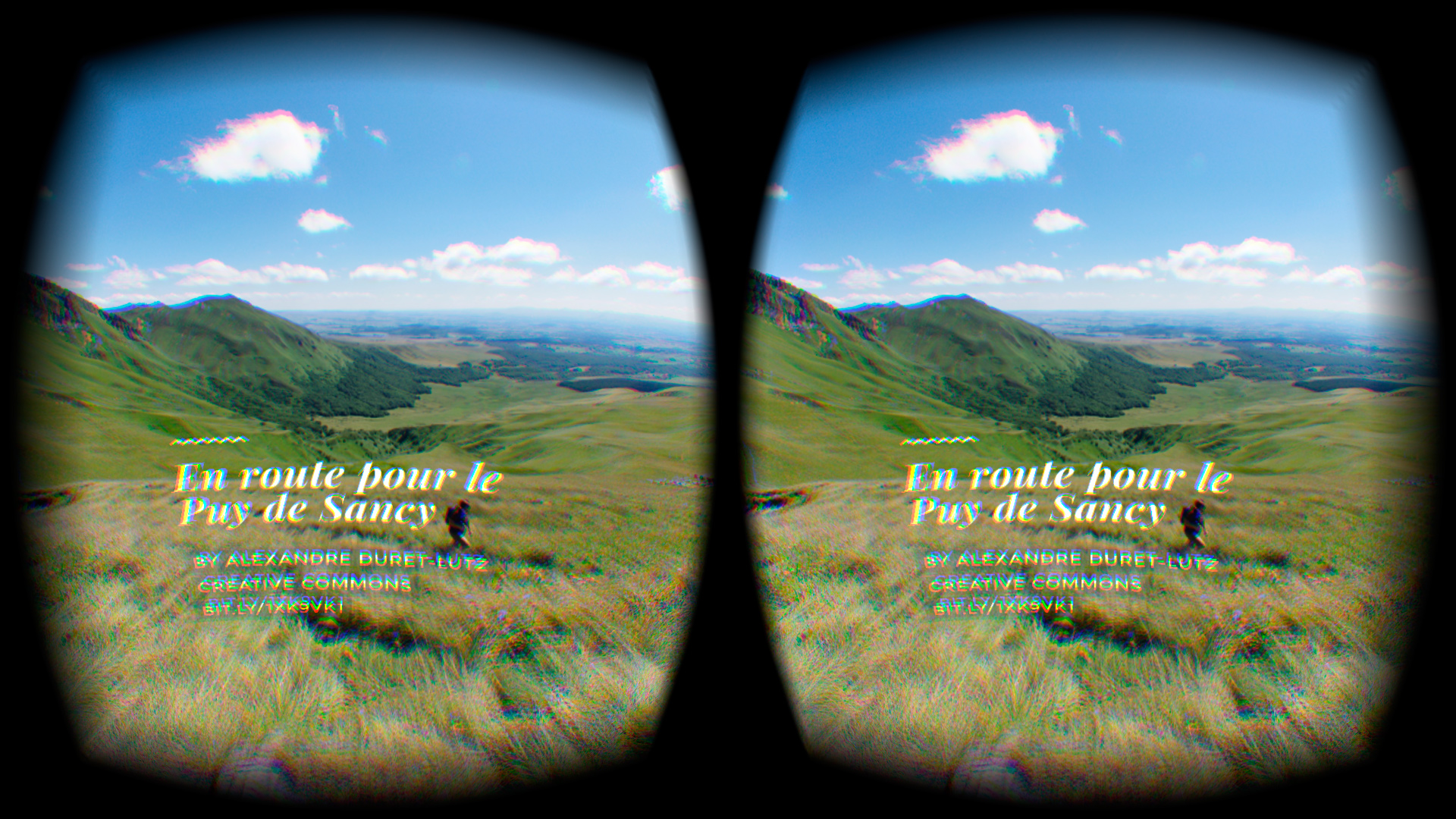Mozilla Launches MozVR.com to Help Bring Virtual Reality to the Web
Nov 9, 2014

Earlier this year, Mozilla began a project to explore whether it was possible to bring virtual reality to the Web, and in June we released experimental builds of Firefox with support for the Oculus Rift, one of the most popular virtual reality headsets.
Today, in celebration of the 10th anniversary of Firefox, we are launching MozVR.com to help foster the emerging virtual reality Web. "A VR website about VR websites", MozVR is where we will share experimental VR Web experiences, provide resources, and showcase work from developers in the growing VR web community.
We’ve designed MozVR to be a “native VR” Web experience, made from the ground up for virtual reality. As one of the first websites of it’s kind, building it required that we come up with new solutions for the unique challenges of a fully immersive, three-dimensional medium. To make it easier for others to build their own VR websites, we are sharing these solutions on MozVR and GitHub, from source code, to tools, to tutorials.

As you explore MozVR, you’ll see something cool: navigation is seamless. It is very important to us that the VR Web captures the feeling of flow that we love about the classic Web. So we designed a Web VR navigation interface that allows users to move from site to site without friction. Like a heads up display, menus and loading indicators appear as unobtrusive layers that wrap the experience and are easily summoned or dismissed. Clicking a link becomes like teleportation, as one VR world dissolves seamlessly into the next. Without plugins, installs or interruptions. This interface is still early in its evolution, but we view it as a test bed for experimentation into the future of Web VR interaction, and are very excited to take it further.
The first demos highlighted on MozVR include Sechelt, a WebGL fly-through of coastal British Columbia built with Ricardo Cabello (aka Mr.doob) of Three.js, and The Polar Sea, a documentary by DEEP that takes users to the Arctic in 360° VR video, powered by eleVR’s WebGL VR video player. We also have Information Diving, a visualization of data as art inspired by the work of artist Tatiana Plakhova and built with Tony Parisi and Eric Levin using Tony's Vizi framework, a VR Web motion control demo from Leap Motion built by Leap's Peter Ehrlich using LeapJS, and episode 4 of Talk Chat Show Thing—the only talk show filmed in VR—in which we discuss the future of Web VR from the roof of Mozilla San Francisco, at dawn.

To experience the site and demos in virtual reality, you will need a VR-enabled build of Firefox for Mac or PC, and an Oculus Rift headset. We are using the Rift as our initial test and development device, but are committed to device-agnostic Web VR, with support for additional devices coming soon. MozVR.com will also work with VR-enabled builds of Chromium. Once you have your VR-enabled browser and Rift, check our quick Read Me for configuration tips. VR is a young and rapidly evolving technology, and a few settings can be the difference between a great or an unsatisfying experience.
We’re very excited about the future of the VR web. We encourage you to join us, start creating, and publishing your VR Web experiences. To grab our code, visit gitbub.com/MozVR for demos, boilerplate scenes, etc. And to talk with other VR Web developers, join the web-vr mailing list, or hop on the #vr channel at irc.mozilla.org.
We look forward to your feedback!
Josh Carpenter, Casey YeeVlad Vukicevic, Diego Marcos
